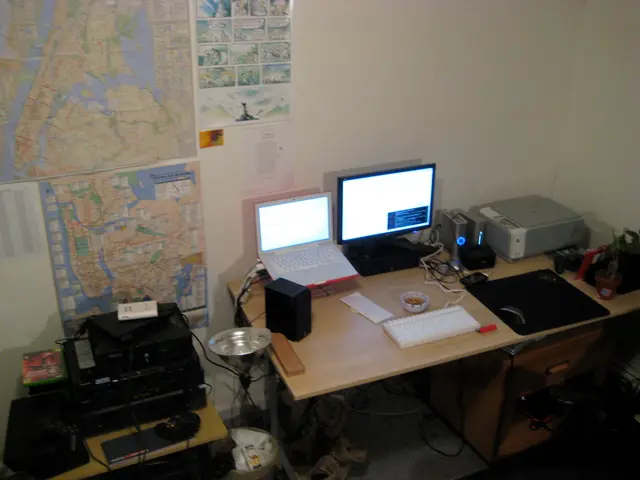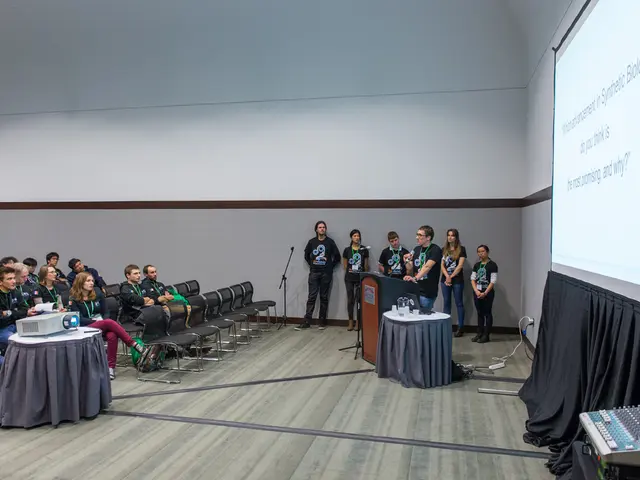Historic Space Docking Mission Successfully Completed by India
In the year 2024, space exploration took centre stage globally, with a host of significant events unfolding. One of the notable missions was Polaris Dawn, a commercial space journey that took place from September 10 to 15, aboard SpaceX's Falcon 9 rocket. But another mission that caught the world's attention was India's Space Docking Experiment (SpaDeX), which successfully demonstrated in-space docking and undocking using two small satellites.
The Indian Space Research Organisation (ISRO) was responsible for this groundbreaking mission. SpaDeX opened several strategic technological pathways for India's space program, with critical technology validation for future human spaceflight missions being one of the key advancements. The docking technology tested in SpaDeX is vital for India’s Gaganyaan program, enabling docking of crewed spacecraft or modules, a fundamental requirement for space station or long-term crewed missions.
The successful docking capabilities tested in SpaDeX are also crucial for modular assembly, spacecraft berthing, resupply, or crew transfer operations in low Earth orbit. India targets deploying its indigenous space station, Bharatiya Antariksha Station, 5–7 years after Gaganyaan, with docking automated or remotely operated technologies being a core component.
SpaDeX also marked a significant step forward in the development of advanced navigation and rendezvous systems. The mission carried high-precision equipment including videometers for navigation, signal analysis tools, and real-time decision-making system technology, which enhances autonomous proximity operations essential for complex multi-satellite or crewed missions in orbit.
Moreover, the demonstrated docking technology could potentially be adapted for in-orbit satellite servicing, refueling, or active debris removal missions, extending the operational lives of satellites and improving orbital sustainability. These are longer-term possibilities accruing from the maturity of docking technology.
Lastly, SpaDeX has established India’s position as the fourth country after the US, Russia, and China with successful on-orbit docking ability, reinforcing self-reliance in critical space technologies needed for exploration and commercial ventures.
In summary, SpaDeX’s docking and undocking are a crucial step toward India’s ambitions in crewed spaceflight and space station development, enabling future modular spacecraft operations and sophisticated autonomous rendezvous in Earth orbit, with potential wider applications in satellite servicing and debris management. The successful completion of SpaDeX is a significant milestone in India's space exploration journey.
Technology advancements in India's space program were propelled by the Space Docking Experiment (SpaDeX), as the docking capabilities tested are vital for future missions such as the Gaganyaan program and the indigenous space station, Bharatiya Antariksha Station. This mission also marked the maturity of docking technology, potentially applicable for satellite servicing, refueling, or debris removal missions, thereby enhancing orbital sustainability.
In the realm of space-and-astronomy research, SpaDeX demonstrated India's capacity to conduct sophisticated autonomous rendezvous operations, positioning the nation among countries with successful on-orbit docking ability, thus fostering self-reliance in critical space technologies needed for exploration and commercial ventures.




